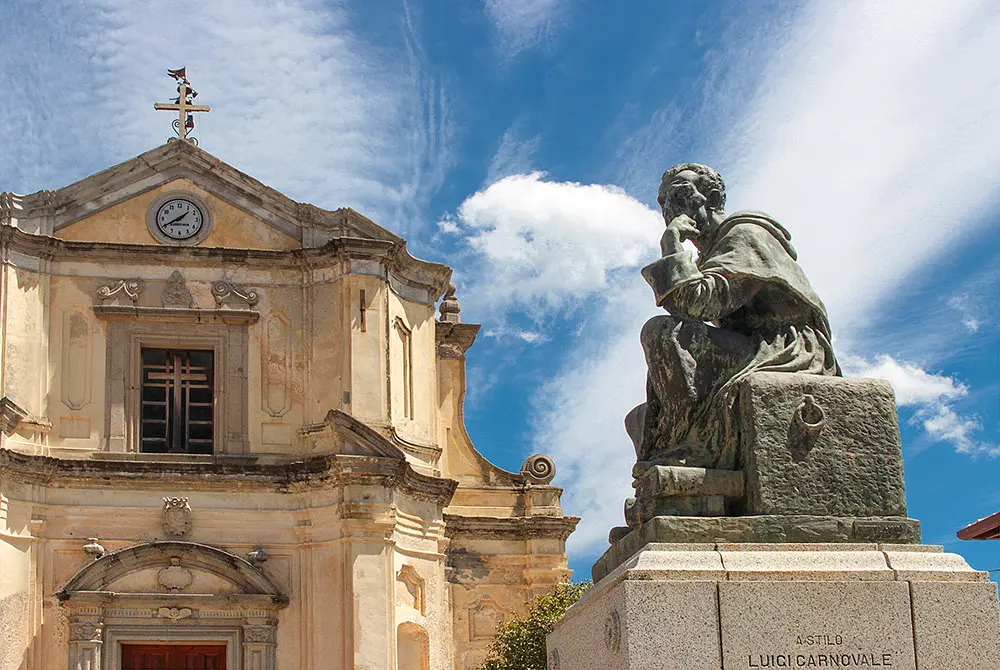

The monument to Thomas Campanella
The tribute to the city's most illustrious son also evokes the figure of one of its fellow citizens who made a name for himself overseas in the early 20th century


Where

The illustrious thinker of "The City of the Sun"
In the center of Stilo, a monument stands out in the square in front of the ancient church of St. Francis. A large bronze sculpture depicts the philosopher Tommaso Campanella (1568-1639), Stilo's most illustrious son, most famous as the author of "The City of the Sun," but also remembered for the rebellion against the Spanish rulers of Calabria that caused him 27 years in prison. The Dominican friar appears imposing and serious as the one who was born "to eradicate three extreme evils: tyranny, sophistry and hypocrisy," according to one of his famous phrases inscribed on the granite pedestal.
A sculptor of international stature
The monument was commissioned and financed by Luigi Carnovale, a Stilichotian who emigrated to the United States where he managed to acquire wide notoriety as a journalist and writer, author of an essay, "The Supreme Human Ideal Achieved," on universal peace. The commission was awarded to Ermete Gazzeri, a sculptor of international renown, an advocate of a realism open to symbolic and idealistic figurations. The result will be awork admirable for its depth of expression: the philosopher is depicted, seated on a prison boulder with his right hand resting on the volume of The City of the Sun and his left foot pressed on the books meant to signify the false doctrines he fought.
A somewhat debated authorship
The curious aspect of this celebration lies in the diatribe over the actual authorship of Campanella, disputed between two neighboring municipalities, Stilo and Stignano. The issue, after going to paperwork, was resolved in favor of Stignano, which presented an ancient document identifying his birthplace. Argument to which Stilo reacted by recalling how Stignano at that time was under its own jurisdiction. Moral, to do no one wrong, a monument to each.
Enter the Map of Italy's Undiscovered Wonders and find treasures where you least expect it... Inspire, Recommend, Share...
The Map thanks:
PSC 2014-2020 del Ministero del turismo - Avviso “Montagna Italia” - Progetto le Montagne del sole - Codice CUP J38J22000450008


